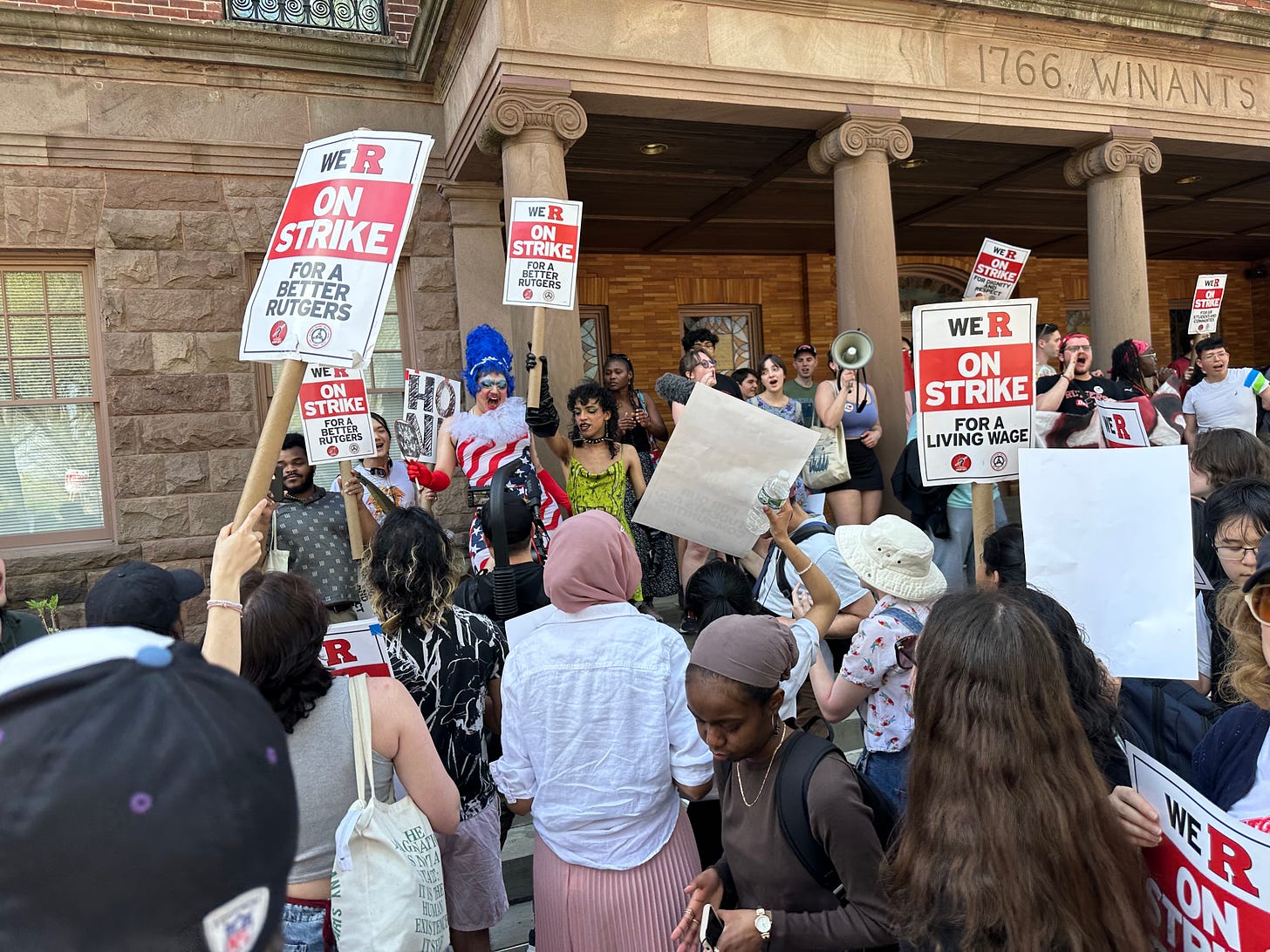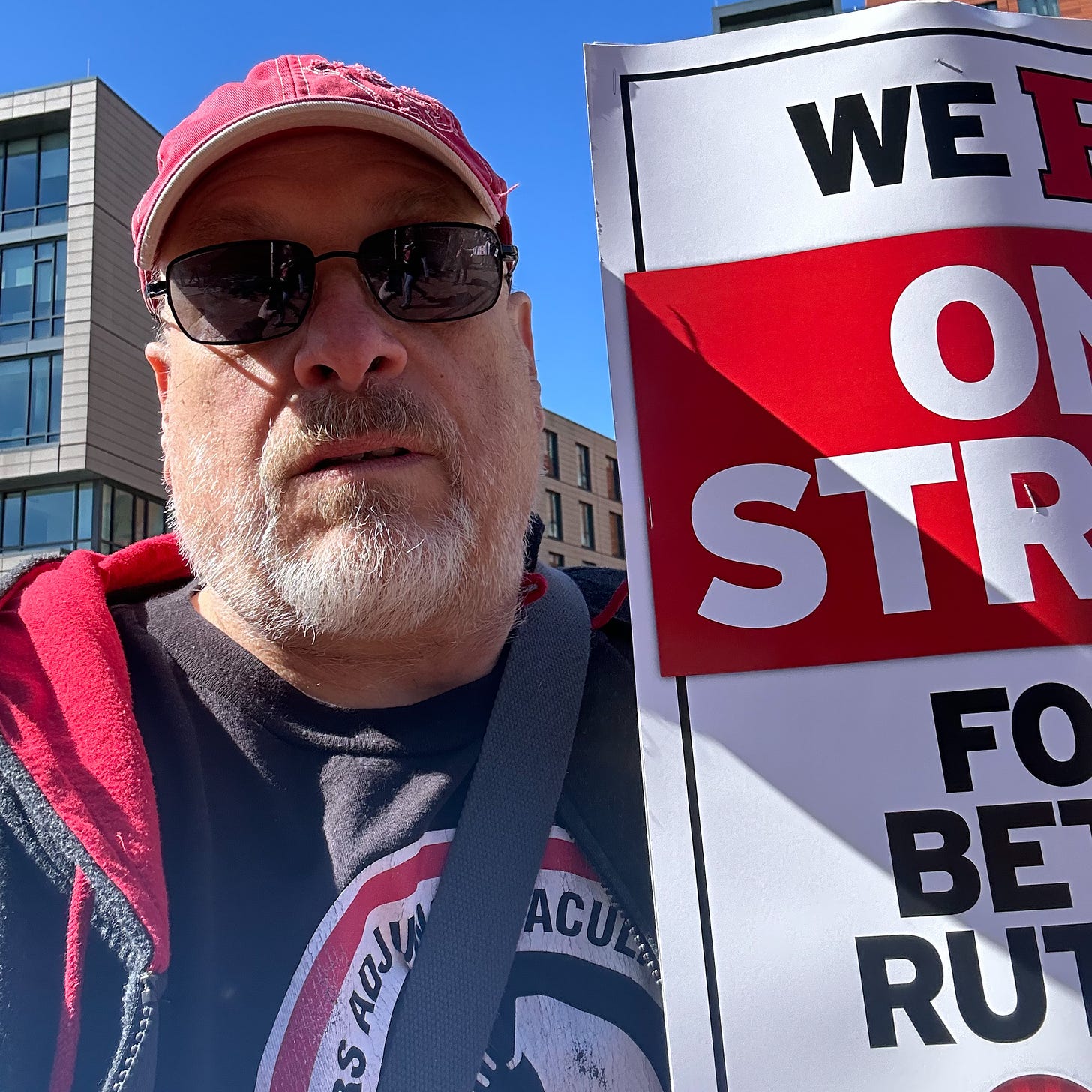The Trump administration, since returning to power in 2025, has escalated attacks on the foundations of democracy, the environment, world peace, human rights, and intellectual inquiry. While the administration has marketed itself as “America First,” its policies have more often meant profits for the ultra-wealthy, repression for the working majority, and escalating dangers for the planet.
Below is a running list of 100 of the most dangerous actions and policies—a record of how quickly a government can dismantle hard-won protections for people, peace, and the planet.
I. Attacks on the Environment
-
Withdrawing from the Paris Climate Agreement—again.
-
Dismantling the EPA’s authority to regulate greenhouse gases.
-
Opening federal lands and national parks to oil, gas, and mining leases.
-
Gutting protections for endangered species.
-
Allowing coal companies to dump mining waste in rivers and streams.
-
Rolling back vehicle fuel efficiency standards.
-
Subsidizing fossil fuel companies while defunding renewable energy programs.
-
Suppressing climate science at federal agencies.
-
Greenlighting pipelines that threaten Indigenous lands and water supplies.
-
Promoting offshore drilling in fragile ecosystems.
-
Weakening Clean Water Act enforcement.
-
Dismantling environmental justice programs that protect poor communities.
-
Politicizing NOAA and censoring weather/climate warnings.
-
Undermining international climate cooperation at the UN.
-
Allowing pesticides banned in Europe to return to U.S. farms.
II. Undermining World Peace and Global Stability
-
Threatening military action against Iran, Venezuela, and North Korea.
-
Expanding the nuclear arsenal instead of pursuing arms control.
-
Cutting funding for diplomacy and the State Department.
-
Withdrawing from the World Health Organization (WHO).
-
Weakening NATO alliances with inflammatory rhetoric.
-
Escalating drone strikes and loosening rules of engagement.
-
Providing cover for authoritarian leaders worldwide.
-
Walking away from peace negotiations in the Middle East.
-
Blocking humanitarian aid to Gaza, Yemen, and other war-torn areas.
-
Expanding weapons sales to Saudi Arabia despite human rights abuses.
-
Using tariffs and sanctions as blunt instruments against allies.
-
Politicizing intelligence briefings to justify military adventurism.
-
Abandoning refugee protections and asylum agreements.
-
Treating climate refugees as security threats.
-
Reducing U.S. participation in the United Nations.
III. Attacks on Human Rights and the Rule of Law
-
Expanding family separation policies at the border.
-
Targeting asylum seekers for indefinite detention.
-
Militarizing immigration enforcement with National Guard troops.
-
Attacking reproductive rights and defunding women’s health programs.
-
Rolling back LGBTQ+ protections in schools and workplaces.
-
Reinstating bans on transgender service members in the military.
-
Undermining voting rights through purges and voter ID laws.
-
Packing the courts with extremist judges hostile to civil rights.
-
Weaponizing the Justice Department against political opponents.
-
Expanding surveillance powers with little oversight.
-
Encouraging police crackdowns on protests.
-
Expanding use of federal troops in U.S. cities.
-
Weakening consent decrees against abusive police departments.
-
Refusing to investigate hate crimes tied to far-right violence.
-
Deporting long-term immigrants with no criminal record.
IV. Attacks on Domestic Peace and Tranquility
-
Encouraging militias and extremist groups with dog whistles.
-
Using inflammatory rhetoric that stokes racial and religious hatred.
-
Equating journalists with “enemies of the people.”
-
Cutting funds for community-based violence prevention.
-
Politicizing natural disaster relief.
-
Treating peaceful protests as national security threats.
-
Expanding federal use of facial recognition surveillance.
-
Undermining local control with federal overreach.
-
Stigmatizing entire religious and ethnic groups.
-
Promoting conspiracy theories from the presidential podium.
-
Encouraging violent crackdowns on labor strikes.
-
Undermining pandemic preparedness and response.
-
Allowing corporations to sidestep workplace safety rules.
-
Shutting down diversity and inclusion training across agencies.
-
Promoting vigilante violence through online platforms.
V. Attacks on Labor Rights and the Working Class
-
Weakening the Department of Labor’s enforcement of wage theft.
-
Blocking attempts to raise the federal minimum wage.
-
Undermining collective bargaining rights for federal workers.
-
Supporting right-to-work laws across states.
-
Allowing employers to misclassify gig workers as “independent contractors.”
-
Blocking new OSHA safety standards.
-
Expanding exemptions for overtime pay.
-
Weakening rules on child labor in agriculture.
-
Cutting unemployment benefits during economic downturns.
-
Favoring union-busting corporations in federal contracts.
-
Rolling back protections for striking workers.
-
Encouraging outsourcing of jobs overseas.
-
Weakening enforcement of anti-discrimination laws in workplaces.
-
Cutting funding for worker retraining programs.
-
Promoting unpaid internships as a “pathway” to jobs.
VI. Attacks on Intellectualism and Knowledge
-
Defunding the Department of Education in favor of privatization.
-
Attacking public universities as “woke indoctrination centers.”
-
Promoting for-profit colleges with predatory practices.
-
Restricting student loan forgiveness programs.
-
Undermining Title IX protections for sexual harassment.
-
Defunding libraries and public broadcasting.
-
Politicizing scientific research grants.
-
Firing federal scientists who contradict administration narratives.
-
Suppressing research on gun violence.
-
Censoring federal climate and environmental data.
-
Promoting creationism and Christian nationalism in schools.
-
Expanding surveillance of student activists.
-
Encouraging book bans in schools and libraries.
-
Undermining accreditation standards for higher education.
-
Attacking historians who challenge nationalist myths.
-
Cutting humanities funding in favor of military research.
-
Encouraging political litmus tests for professors.
-
Treating journalists as combatants in a “culture war.”
-
Promoting AI-driven “robocolleges” with no faculty oversight.
-
Gutting federal student aid programs.
-
Allowing corporate donors to dictate university policy.
-
Discouraging international students from studying in the U.S.
-
Criminalizing whistleblowers who reveal government misconduct.
-
Promoting conspiracy theories over peer-reviewed science.
-
Normalizing ignorance as a political strategy.







